In-depth analysis: Ayton buyout incident and Trail Blazer salary space management
In today's NBA league with complex salary structure, how teams can achieve refined management of their salary space has become the core issue in building a championship lineup. In recent years, with the dynamic adjustment of the salary cap and the exponential growth of player contract amounts, how to balance competitiveness and financial sustainability under the compliance framework has become a strategic compulsory course for the management of each team. The Portland Trail Blazers' buyout agreement with DeAndre Aiton has not only sparked widespread discussion in the basketball world, but also has become a typical case of studying the modern NBA salary operation mechanism. Background Introduction To fully understand the strategic significance of this event, you need to go back to Ayton's career trajectory. As the No. 1 pick in 2018, Ayton showed potential as a top-tier inside player in his rookie season, quickly gaining a foothold with outstanding low-post skills and rebounding abilities. However, after a deadlock in contract negotiations with the Suns, he joined the Trail Blazers in 2023 with a four-year, 133 million contract. But in the two seasons at Rose Garden Arena, Ayton failed to fully realize his talent, and his offensive efficiency and defensive enthusiasm were criticized. Meanwhile, the Trail Blazers selected inside star Klingen with the 7th overall pick in the 2025 draft, which gave the team structural redundancy in the inside position. Against this backdrop, the two sides reached a buyout agreement in the 2025 offseason, opening up new possibilities for their respective future developments. First, strategic reconstruction of salary structure From the perspective of salary management, Ayton's contract restructuring is a model operation. Under the terms of the agreement, Ayton waived some of the $35.5 million salary for the 2025-26 season, and the specific proportion has not been disclosed publicly. Under the NBA's labor and capital agreement, the remaining amount will be distributed proportionally to the salary cap of the Trail Blazers for several future seasons. This operation allows the Trail Blazers to successfully release a full intermediate contract special case (about $12.4 million) for signings while maintaining the existing lineup framework, while avoiding triggering the luxury tax line. This "salary surgical" precise operation shows the forward-looking nature of Trail Blazer management in financial planning. It is worth noting that this buyout model provides a reference paradigm for other teams struggling to face. By negotiating flexible adjustments to contract terms with players, the team can not only alleviate short-term financial pressure, but also retain space for future operations. According to ESPN salary expert Bobby Max, the Trail Blazers move will increase its effective salary space in the 2025-26 season from -8 million to +4.4 million, creating favorable conditions for subsequent lineup upgrades. Secondly, professional examples of player attitudes Although there is controversy over Ayton's performance on the court, the professional qualities he showed off on the court are worthy of recognition. After learning that the team selected Klingen, Ayton did not show resistance, but instead took the initiative to take on the role of mentoring. According to Trail Blazers and Team reporter Sean Highkin, Ayton not only gave Klingen technical guidance during training, but also expressed support for rookies in public many times. This team-first attitude injects positive energy into locker room culture. This kind of benign interaction between players is particularly precious in today's NBA business environment. Ayton's approach not only maintains his professional image, but also sets an example for other players who are in similar situations. As NBA legend Charles Barkley said: "The real leader is not the data on the field, but the attitude when facing adversity. Ayton showed the demeanor that a veteran should have. " Case Analysis: The Trail Blazers' signing strategy and league structure influence After buying Ayton, the Trail Blazers' full intermediate contract special case became the focus of the free market. Judging from the team's needs, they urgently need to add a point guard with organizational capabilities and a frame-protecting inside. According to Sports Illustrated, the Trail Blazers have been in contact with several target players, including former All-Star defender De Jongtae Murray and defensive champion Hassan Whiteside. This targeted signing strategy reflects the team's pragmatic attitude in the reconstruction process. From the perspective of the league structure, Ayton's buyout also provides opportunities for other championship teams to strengthen. As an all-around insider who is 2.11 meters tall, Ayton's low-post singles and second-offensive abilities are still valuable. Currently, the Los Angeles Lakers, the Boston Celtics and the Denver Nuggets have expressed interest in it. If Ayton eventually joins a championship team, his experience and immediate combat capability may become the X factor in the playoffs. Solution: Dual-track path for sustainable development For pioneers, how to maximize the use of the released cap space will be key. It is recommended that management adopt a dual-track strategy of "i.e. combat power + future assets": on the one hand, use the special case of intermediate contracts to sign a rotation player who can increase the team's lower limit; on the other hand, accumulate more young assets through transactions or drafts, laying the foundation for long-term reconstruction. For Ayton, he needs to reposition his role after joining a new team. He should reduce his dependence on low-level singles and improve his three-point shooting and response capabilities to adapt to the development trend of modern basketball. In addition, maintaining a healthy body will be the prerequisite for a career recovery. According to sports medicine experts, if Ayton can control body fat rate below 10%, its movement speed and durability will be significantly improved. Conclusion Ayton buyout incident is not only a simple player contract adjustment, but also a microcosm of modern NBA team operations. Through precise salary management and humanized communication strategies, Trail Blazers have successfully achieved optimization and upgrading of the lineup. Ayton's professional attitude in adversity also provides a positive example for the relationship between players and the team. Looking ahead, with the continuous evolution of the NBA salary structure, similar cases of contract restructuring may appear frequently. Team management needs to find a delicate balance between competitive performance and financial health, and players also need to stick to their professional aspirations in the business wave. This game about "basketball and money" will continue to shape the future pattern of the league. 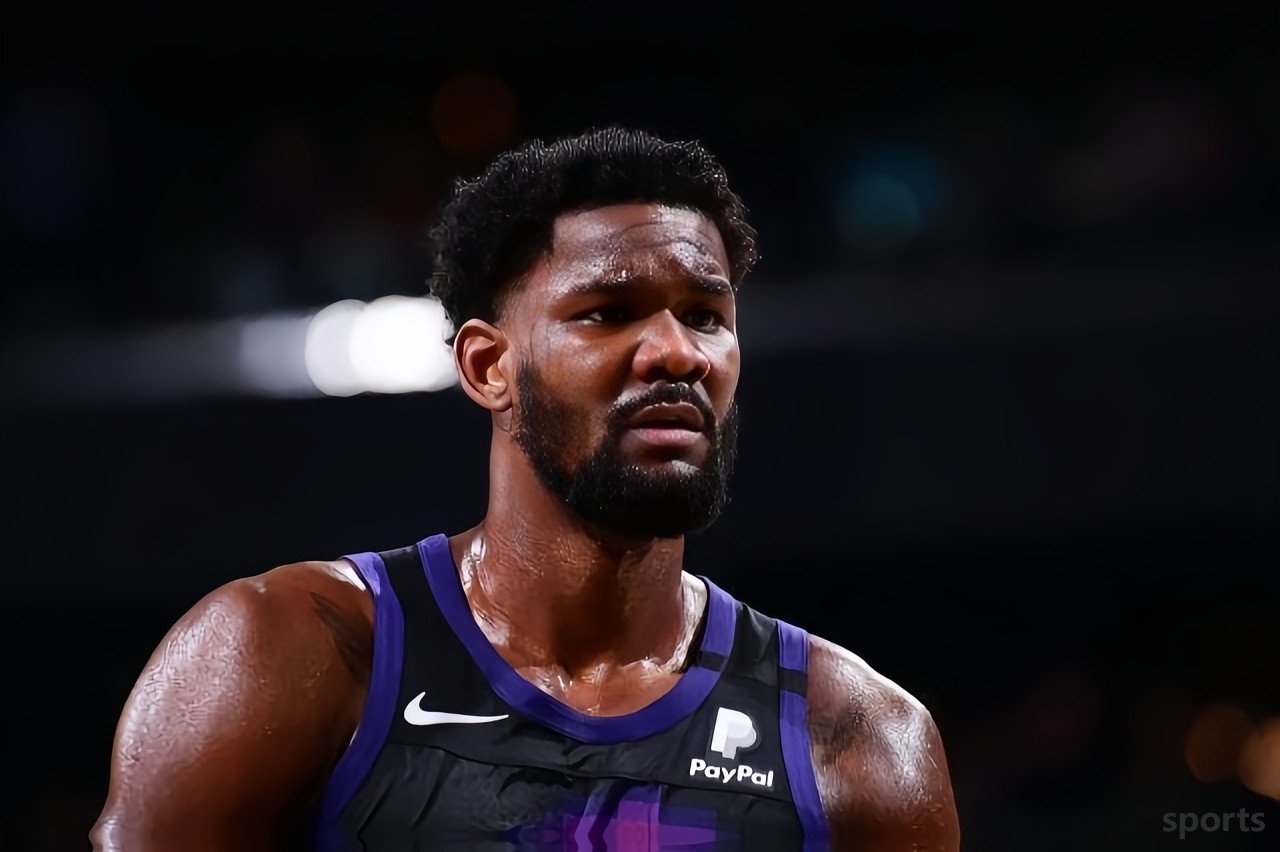
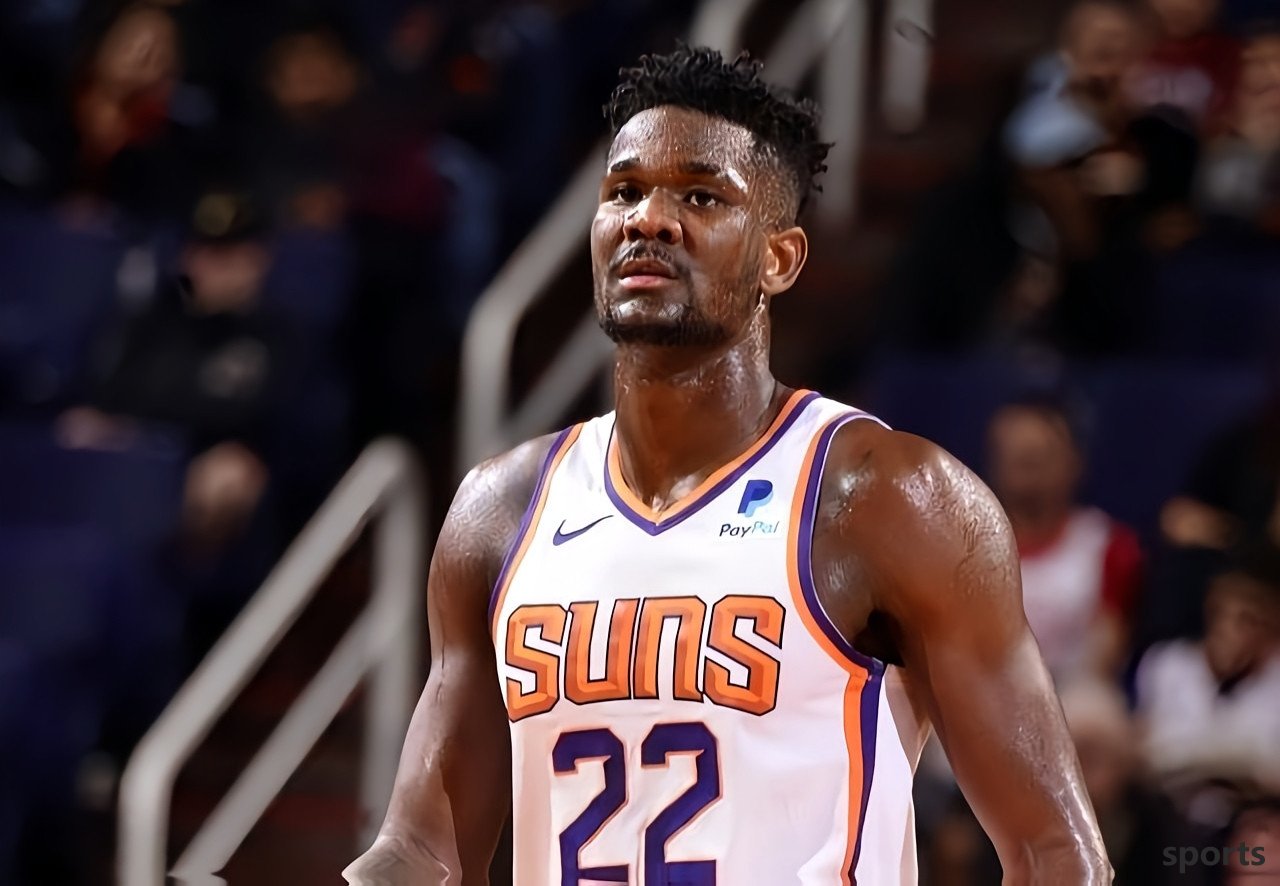
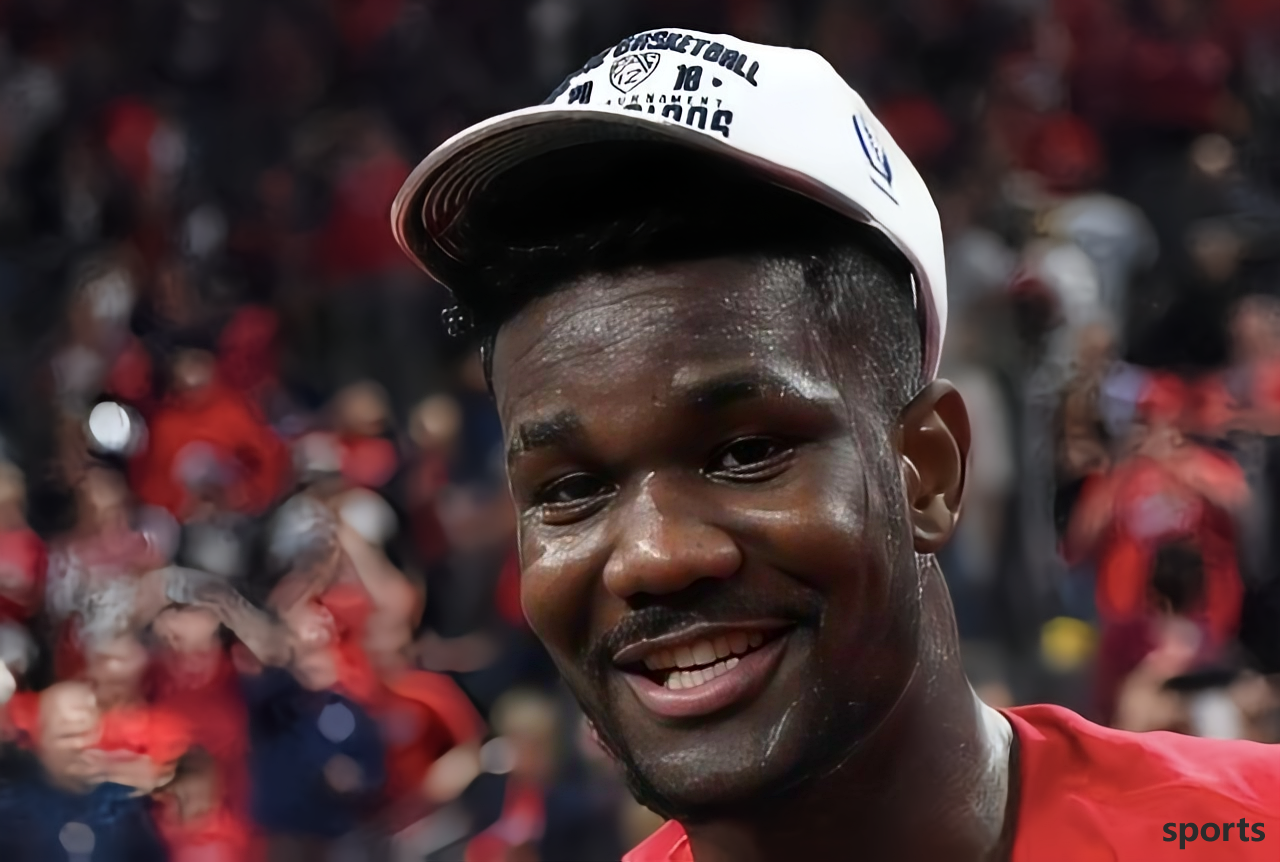
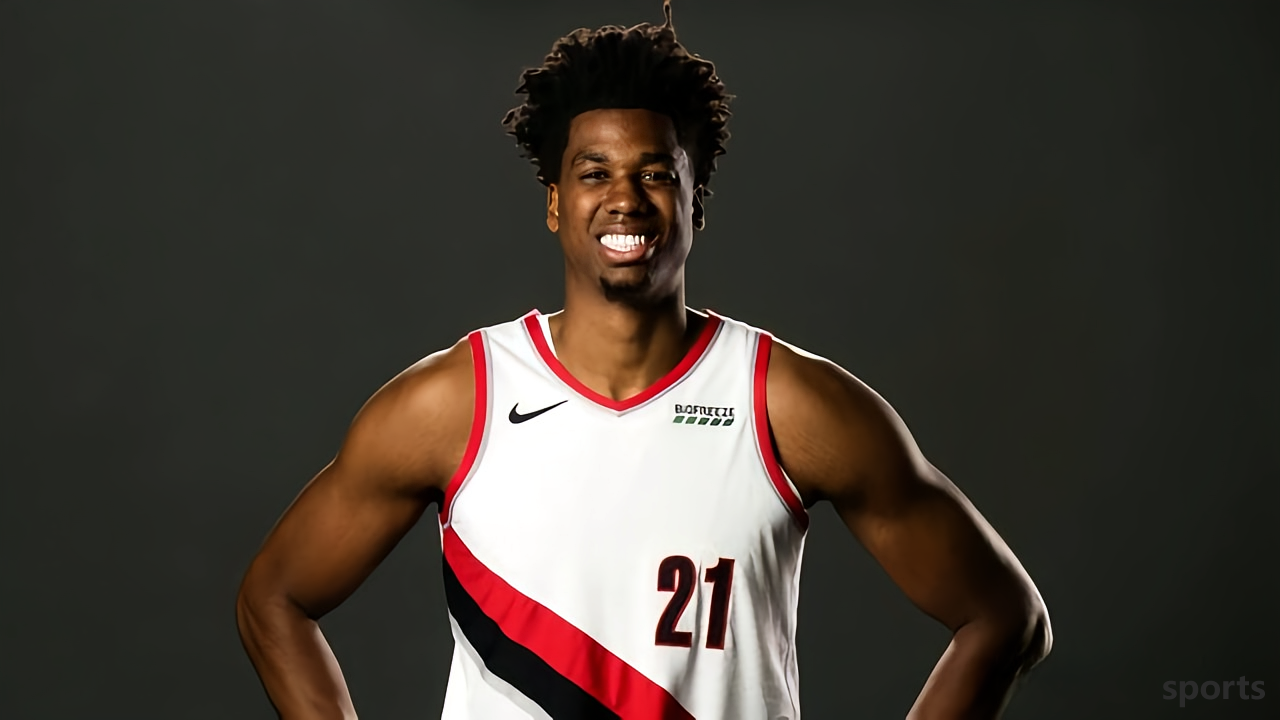
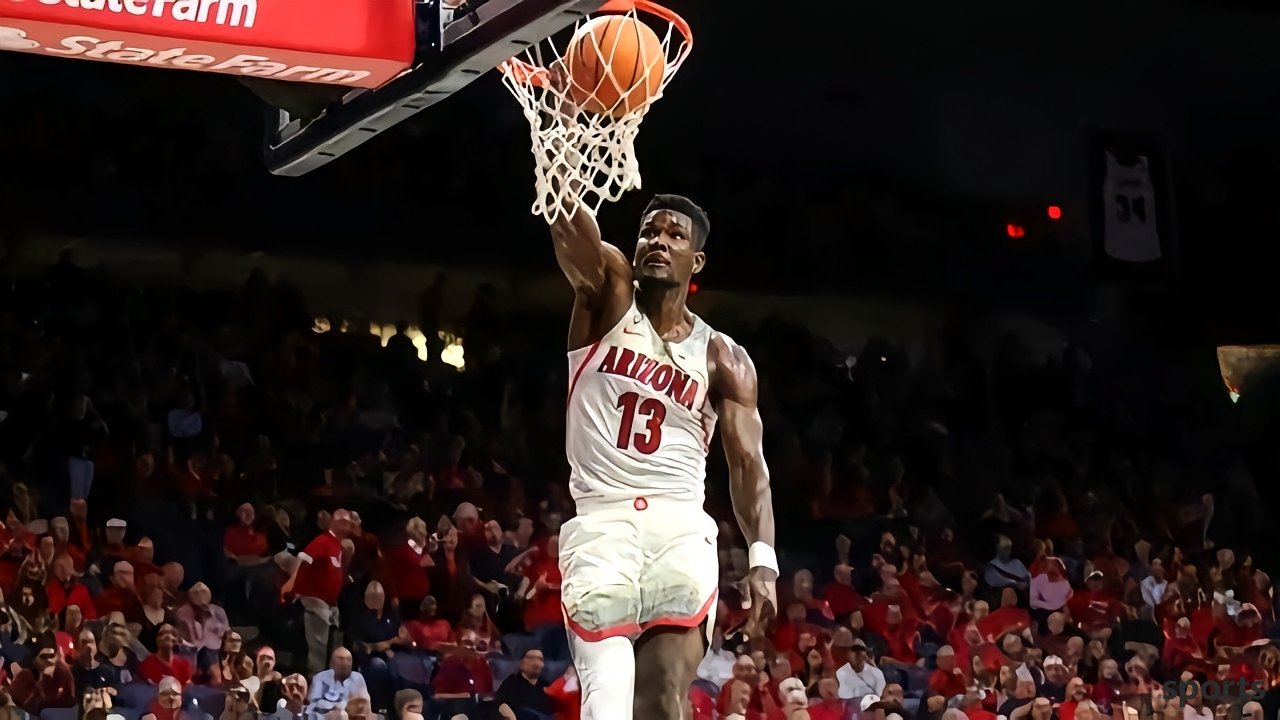
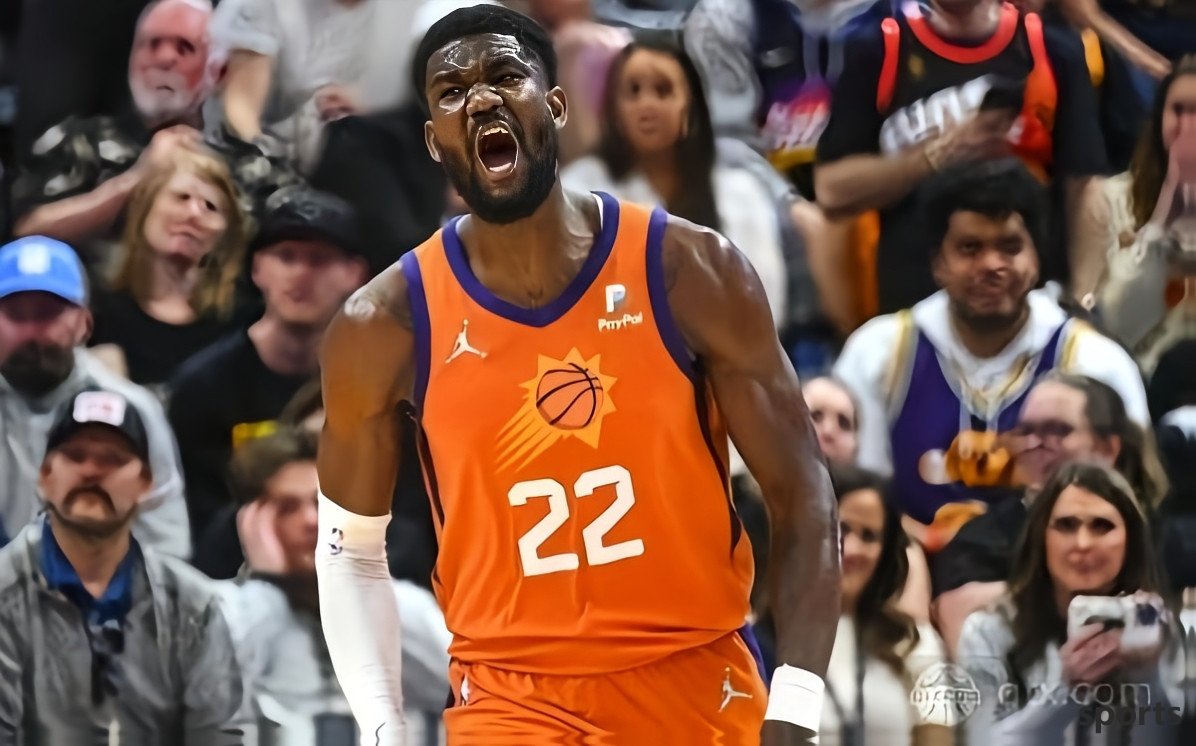
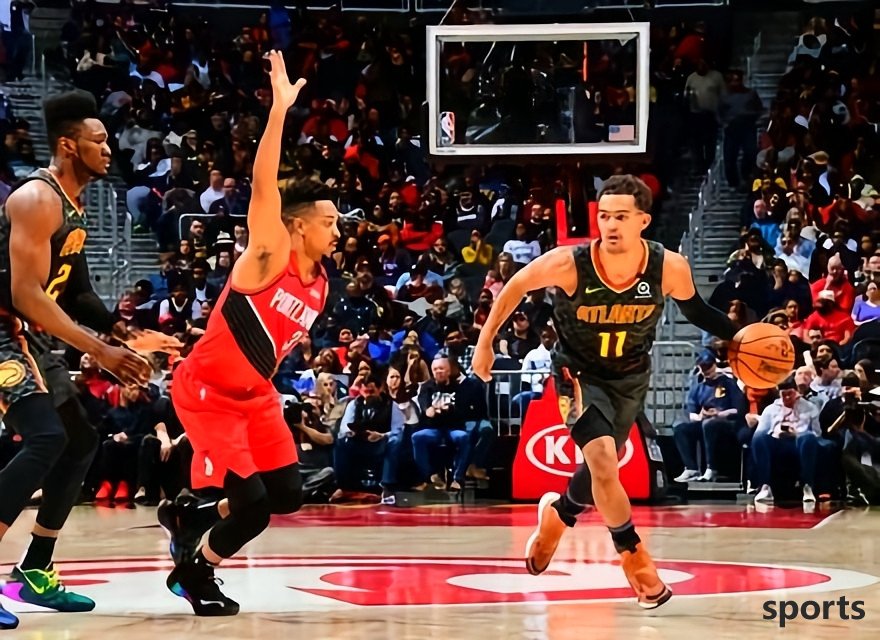
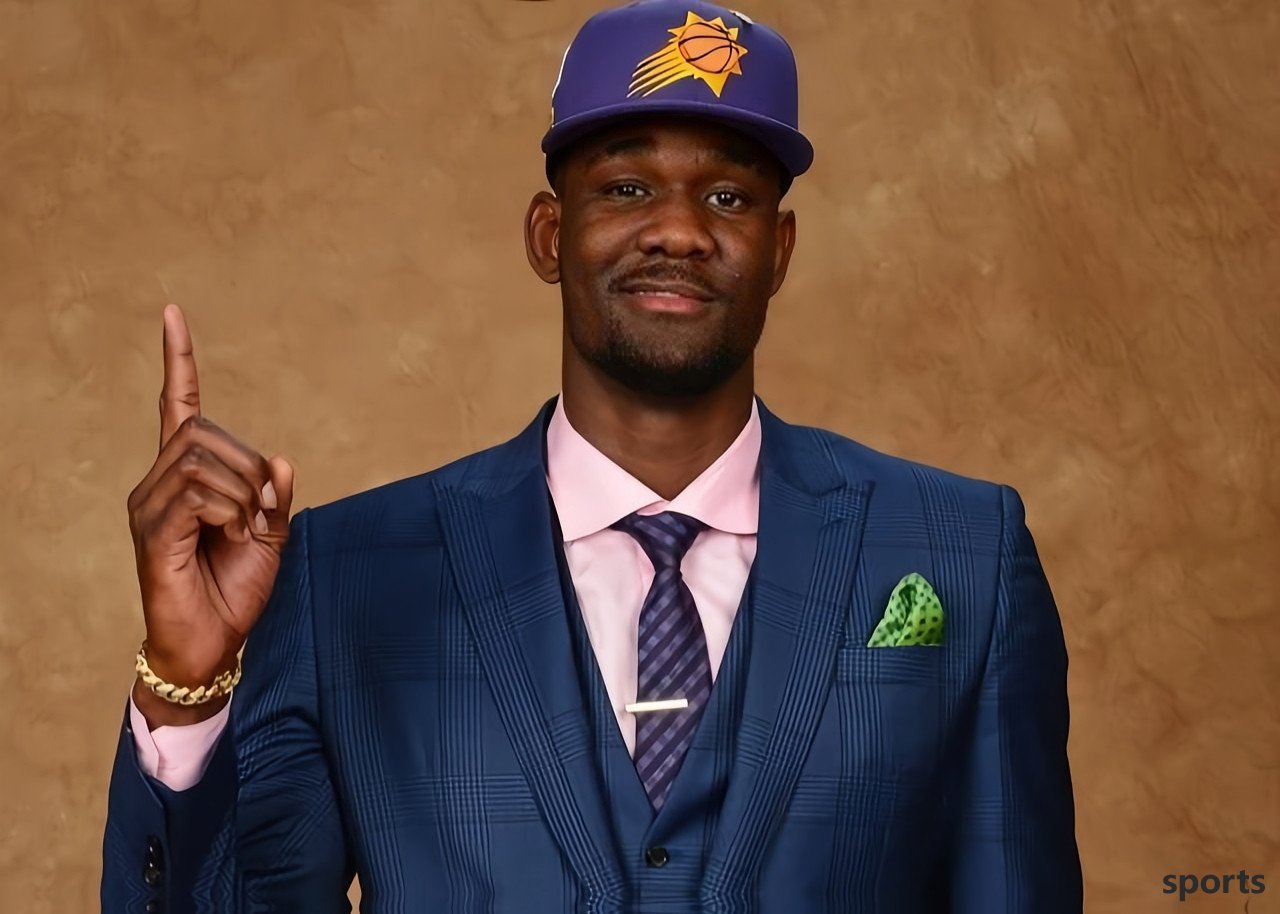
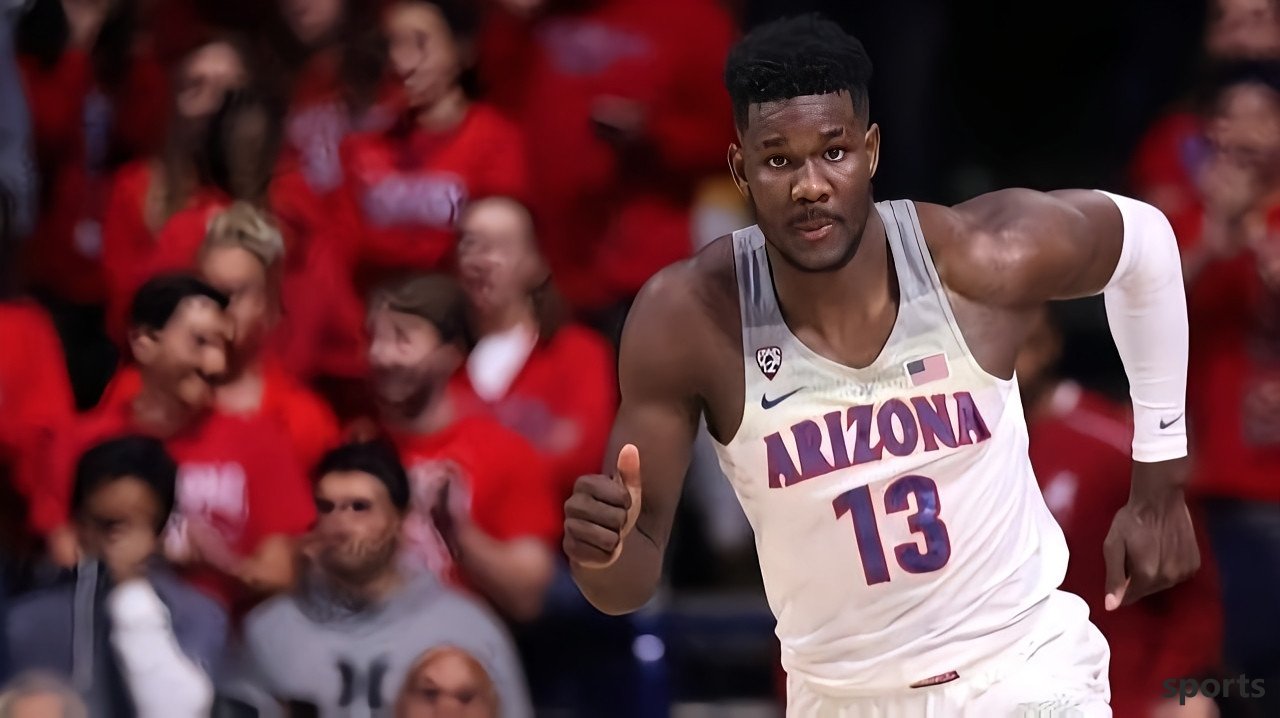
- Recent Posts
-
- First-level evil offender! Cha
- Explosion! The Warriors revers
- Greece European Championship l
- Officially announced retiremen
- Jamal Murray averaged 21.4 poi
- Chinese men s basketball team
- G3: The walker regrets to let
- In the end, we compromised! Me
- Leonard and the Clippers Yin-
- The Celtics bus is surrounded
- Hot Posts
-
- Lin Zhijie s current situation
- The Celtics are on sale! Zhu H
- Intercepting Boss Hu Cai, let
- Stockton: Malone is one of the
- Yu Jiahao joined La Liga and o
- Amen Thompson was selected for
- Cook: I witnessed James start
- Wuku Warriors are better than
- Change your fate against the w
- The Old Wolf King is in troubl
- Is it expected to enter the Ea
- The 20th major quarters are ou
- Lakers sign contract with the
- The embarrassing 1-1 in the fi
- He made key three-pointers in
- James is expected to form a te
- Doncic sings Redick: He is ver
- Clippers official praise "Welc
- He is clearly the sixth player
- Edwards made 64 free throws in
- search
-
- Links
-
